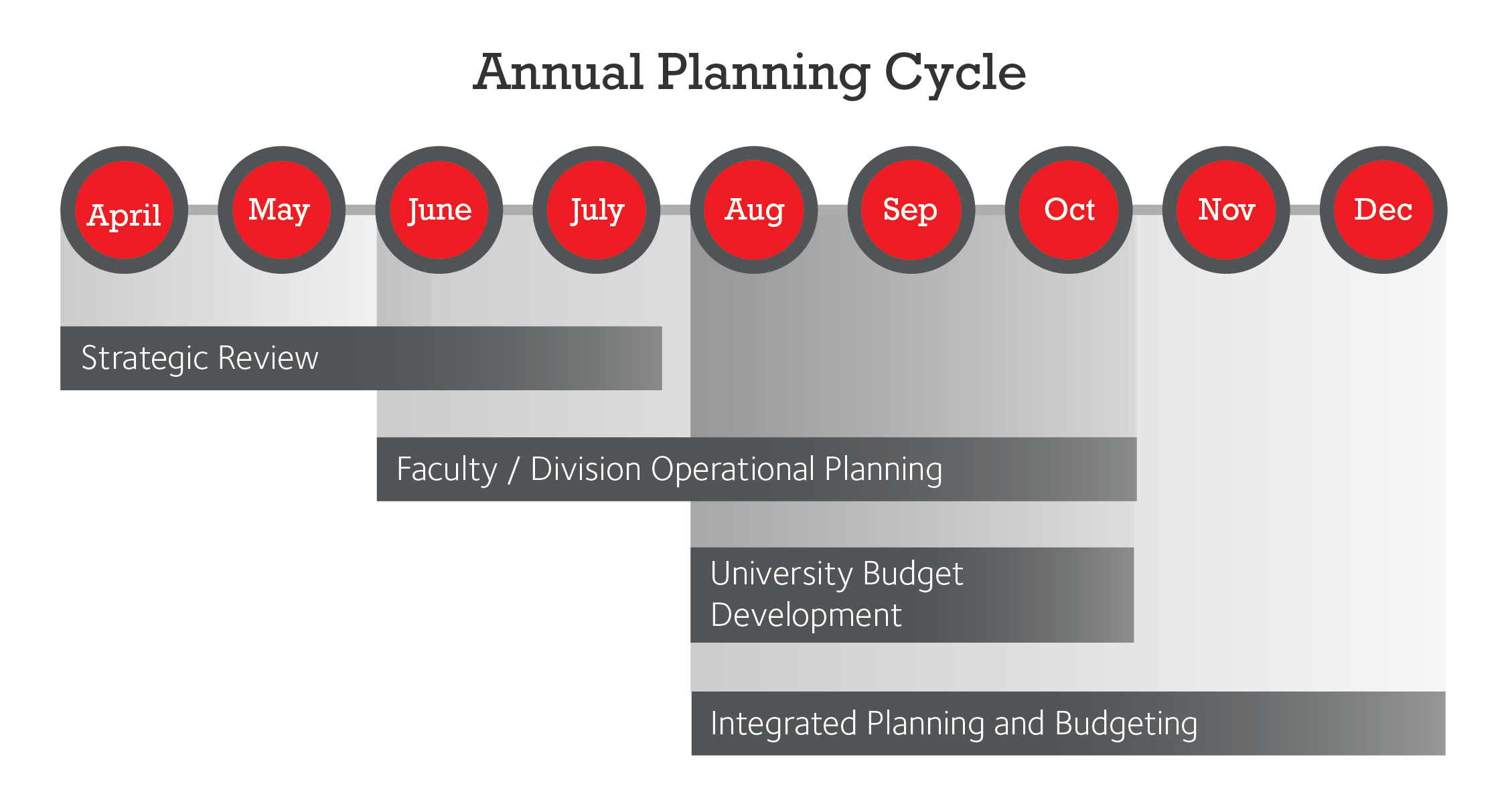Supporting a remarkable future
The Strategic and Operational Planning team plays a key role in the coordination of the University's planning activities. This includes Griffith's annual planning cycle, the provision of all planning data and support to clients and stakeholders.
Planning and reports
A streamlined approach to planning allows the University to respond to an increasingly competitive and changing environment at the individual, group and organisational level.
Biannual feedback is published to the University through the KPI Dashboards at the University and Group or School Level. This feedback provides elements (groups, schools and departments) with a mechanism for monitoring performance. It allows us to identify areas for action with respect to governance, human resources, learning and teaching, and community engagement. This report provides valuable insights into our elements' key strengths and significant areas for improvement.
The strategic plan
The Griffith 2020 direction statement provides the overarching strategic agenda for the University. The Strategic Plan 2020–2025 progresses these aspirations with six high-level goals. Here is a snapshot of our commitments:
- Values - Making focused investments in First Peoples, diversity and inclusion, social justice, sustainability
- Students - Nurturing graduates confident to face the future
- Infrastructure - Building a physical and digital future
- People - Unleashing the potential of our people
- Engagement - Partnering for impact domestically and globally
- Research - Researching solutions for tomorrow's problems
Griffith Planning Framework
The Griffith Planning Framework (for staff only) ensures all levels of the University are focused in effort and resources on advancing Griffith's vision, mission and strategic goals.
The framework incorporates:
- a five-year strategic planning cycle
- an annual operational planning and budgeting cycle
The Griffith Planning Framework (staff only) provides for three tiers of interlinking plans. These support the flow of Strategic Plan goals and strategies throughout the University.
The plans include:
- the University Strategic Plan
- core activity and supporting plans
- strategic and operational plans — group and divisional
Planning Cycle
Review (April–July)
The annual planning cycle begins with a strategic review of performance against the University's KPIs at group, faculty and school or departmental level. The Vice Chancellor and DVCs (research and academic) meet with each of the group PVCs and the PVCs responsible for administrative divisions. The PVCs considers gaps in performance relative to targets, with a view to actioning improvement of planning and resourcing.
Operational Planning and Budget Development (August–September)
If necessary, each group and administrative division updates its strategic plan to focus on areas where the need for improvement is greatest. A group or divisional strategic plan reflects relevant plans including the University's Strategic Plan.
Integrated Planning and Budgeting (August–December)
Once University budget allocations are finalised, groups and divisions complete their operational plans. Group and divisional plans are developed in consultation with senior managers in each of the groups and divisions. These plans implement the group Strategic Plan, including actions designed to:
- achieve priorities for improvement
- assign responsibilities for implementation to specified managers
- provide key performance indicators to evaluate progress
- allocate budget resources in support of the group's strategic and operational objectives
